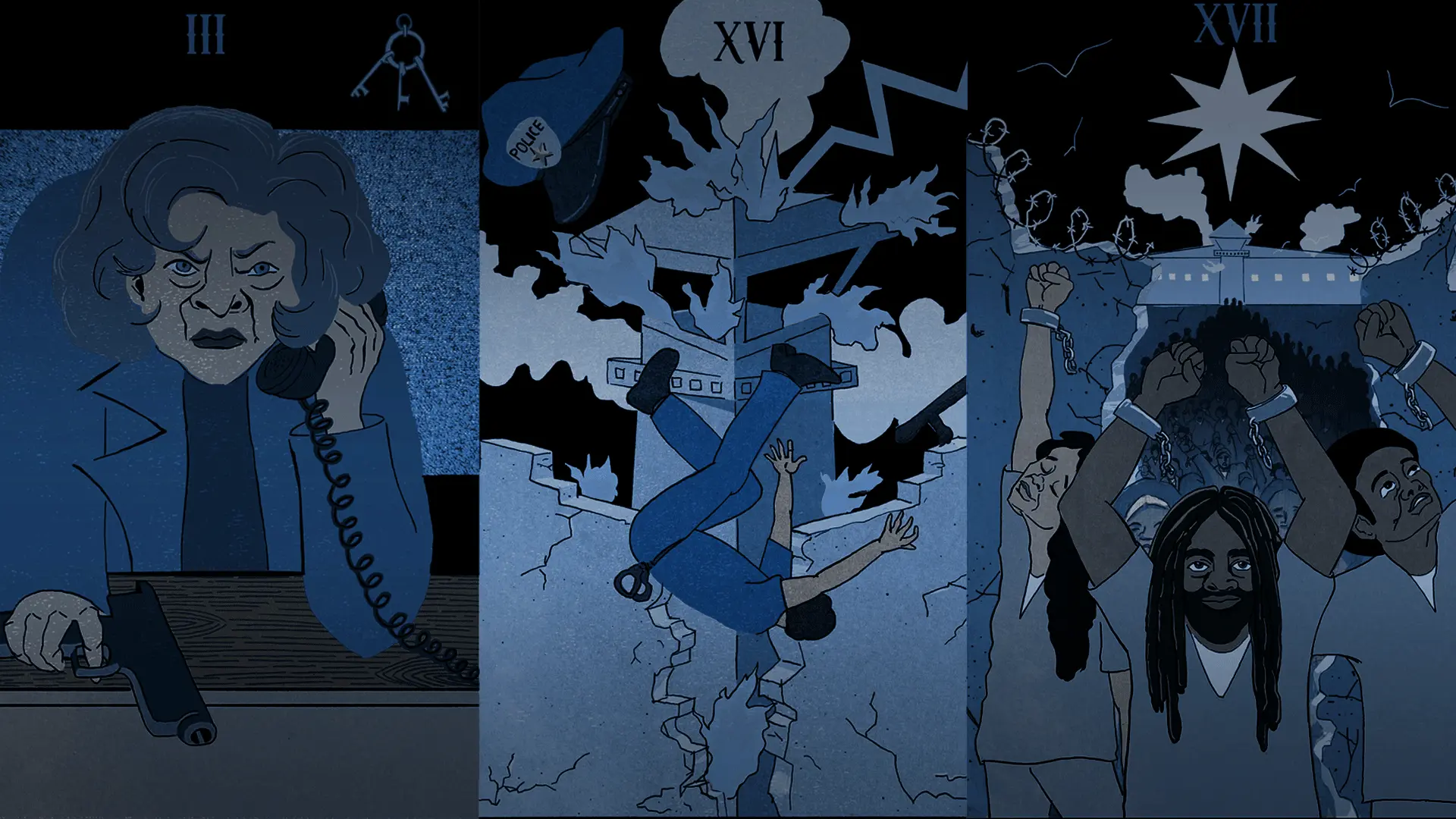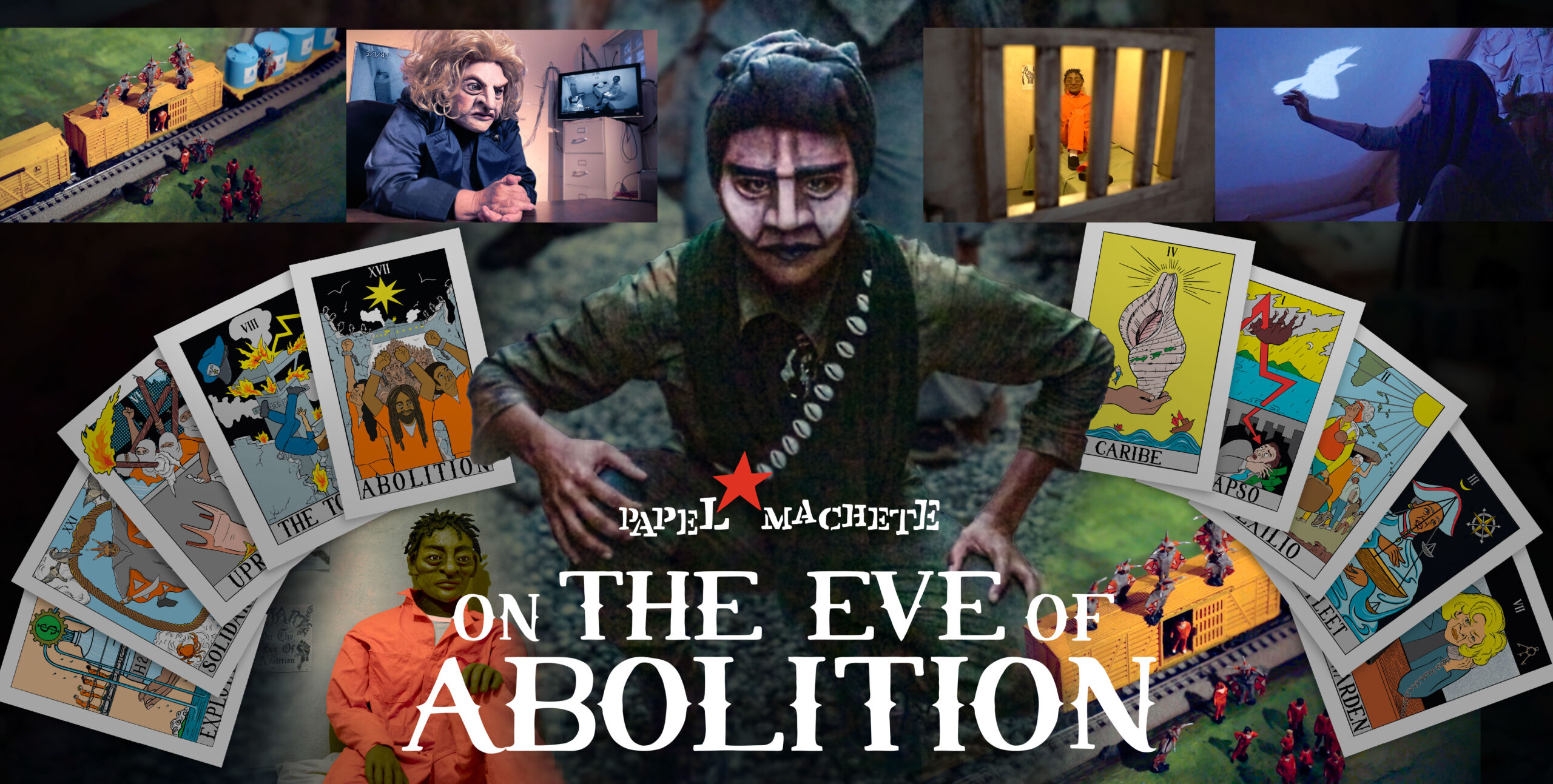
boston, ma
“through the magic of puppet and mask theater, we invite our audience to join us on a journey to the year 2047, and into a multimedia experience towards the creation of a new, liberated world, only possible through love and the revolutionary spirit of collective resistance. the eve is now!”
– papel machete
dates:
Thursday, October 31 , 2024 | 7:30pm
Friday, November 1, 2024 | 8:00pm
Saturday, November 2, 2024 | 8:00pm
*This performance is ASL interpreted.*
Sunday, November 3, 2024 | 2:00pm
*This performance is Audio Described.*
venue:
Emerson Paramount Center, Robert J. Orchard Stage
559 Washington Street Boston, MA 02111
Important information about ticket availability and prices:
Ticket rates have been determined by ArtsEmerson. Tips on Purchasing ArtsEmerson Tickets here.
Charitable Nonprofits can contact tickets@artsemerson.org / 617.824.8400 for discounted ticket information.
papel machete
Papel Machete is a radical workers’ street theater and puppetry collective that produces and performs original work in Puerto Rico, and the U.S. Members are puppeteers, writers, musicians, visual artists, and organizers who have worked together since 2006. papelmachete.com
agitarte
AgitArte is an organization of working-class artists and cultural organizers who work at the intersections of race, class, gender, sexuality, and ideology. Through a praxis of cultural solidarity, creative process and popular education, we initiate and facilitate arts and cultural projects with grassroots communities that contest U.S. cultural hegemony and propose alternatives to existing systems of oppression. We do this in our creative work by centering the experiences of oppressed people in resistance through interdisciplinary storytelling/media and in our mutual solidarity through trainings, workshops, and running a physical space for educational programming in Santurce, Puerto Rico. For more information, visit agitarte.org
artsemerson
ArtsEmerson is Emerson College’s professional presenting and producing organization. Their mission is to engage all communities through stories that reveal and deepen our connection to each other. By cultivating diversity in the art and in the audience, ArtsEmerson ignites public conversation around our most vexing societal challenges as a catalyst for overcoming them. artsemerson.com
artists

jorge ‘cano cangrejo’ dÍaz ortiz
Director, Producer, Puppeteer
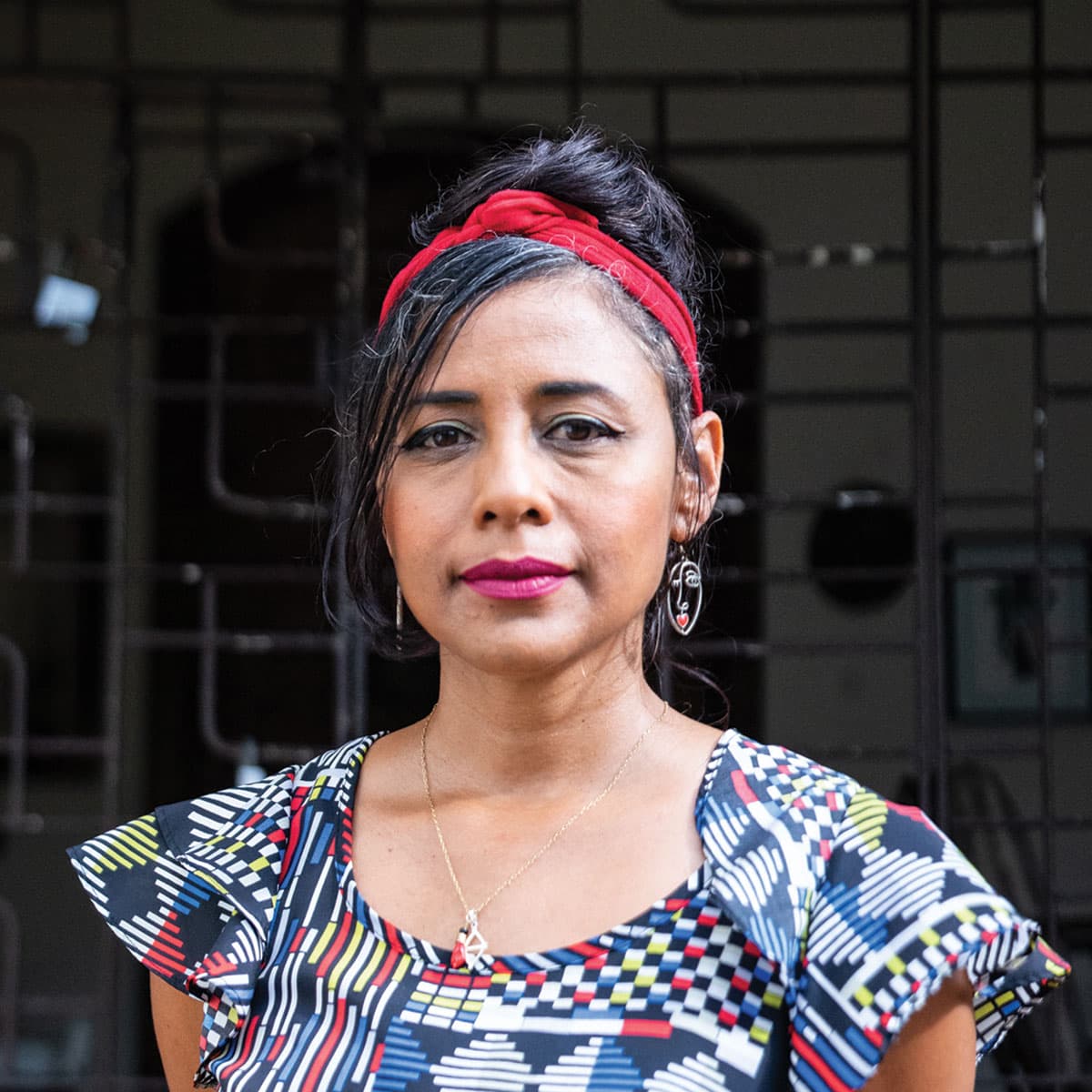
sugeily rodrÍguez lebrÓn
Producer, Assistant Director, Puppeteer, Mask Performer
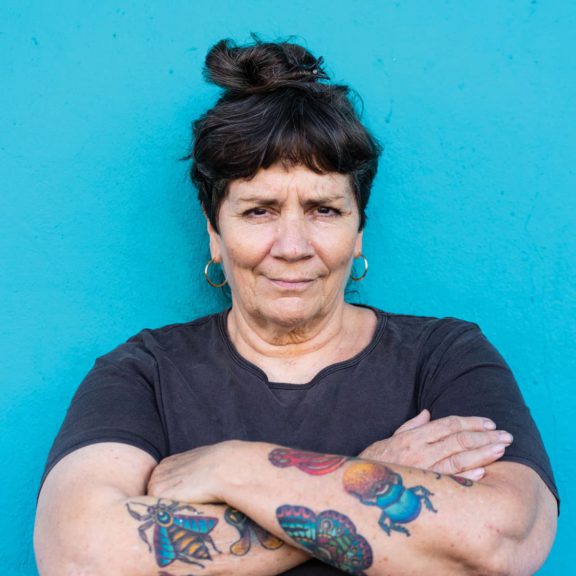
deborah hunt
Puppet & Mask Director, Assistant Director, Puppeteer, Mask Performer
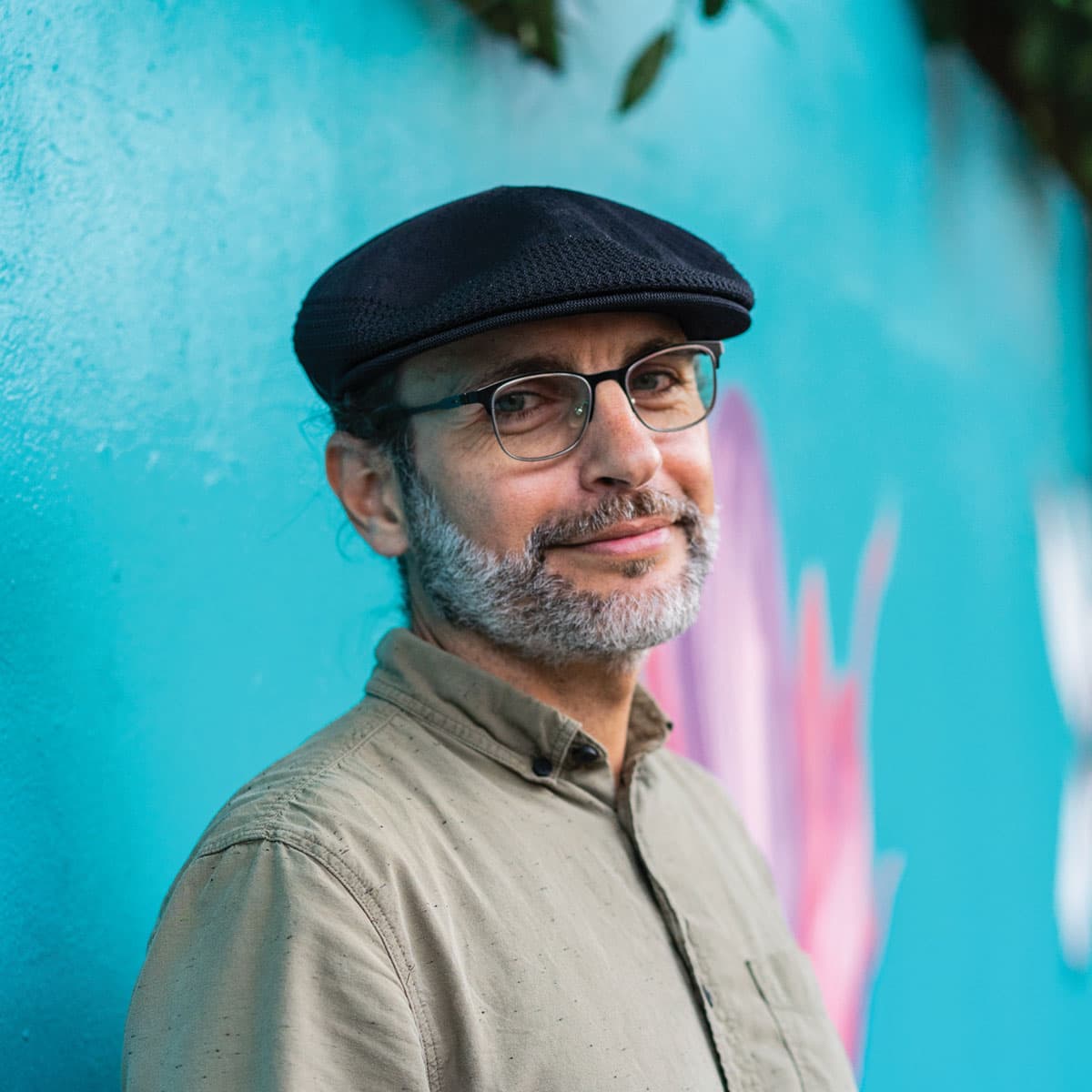
jose ‘primo’ hernÁndez dÍaz
Puppeteer, Mask Performer
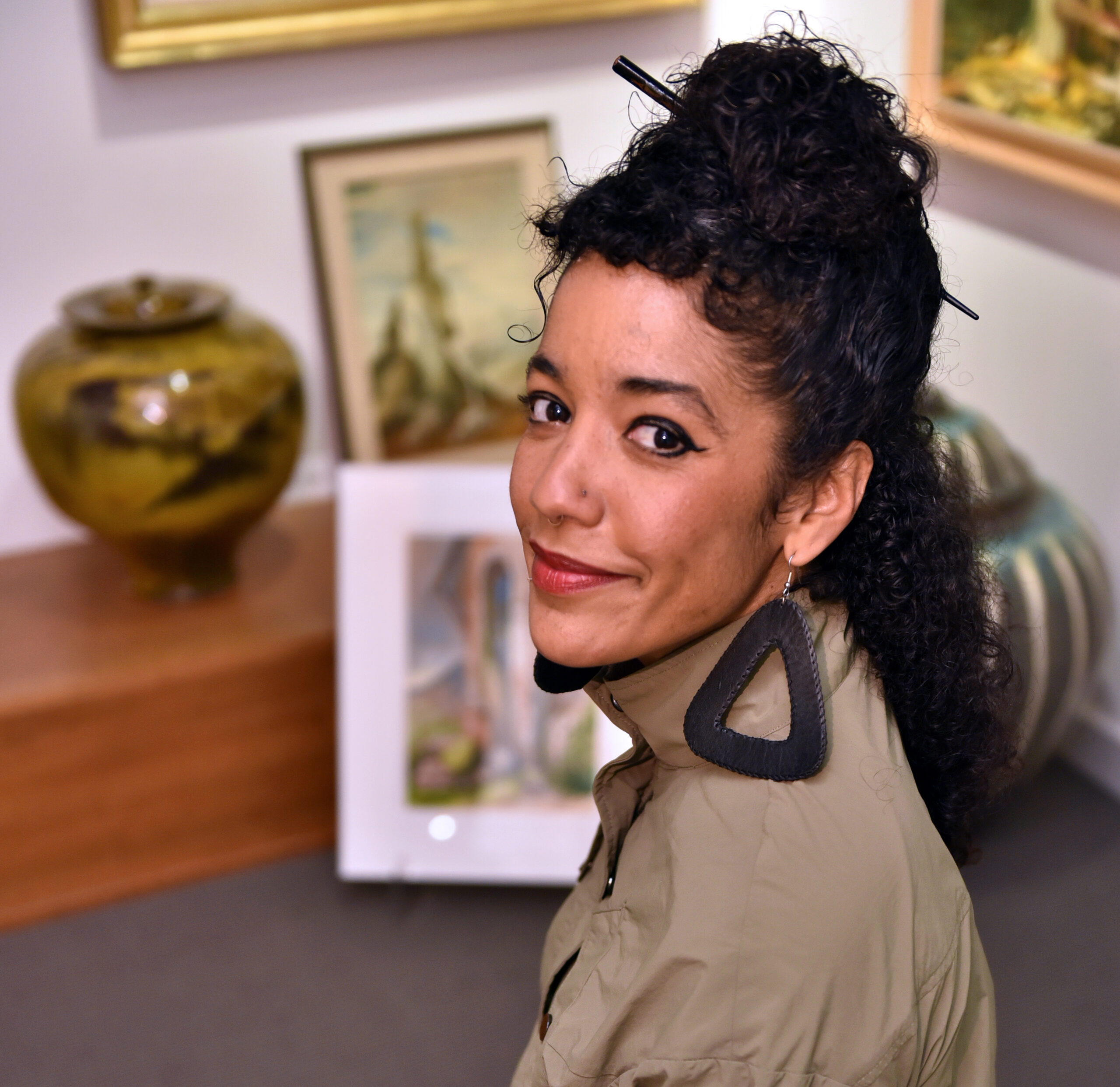
dey hernÁndez vÁzquez
Puppeteer, Mask Performer
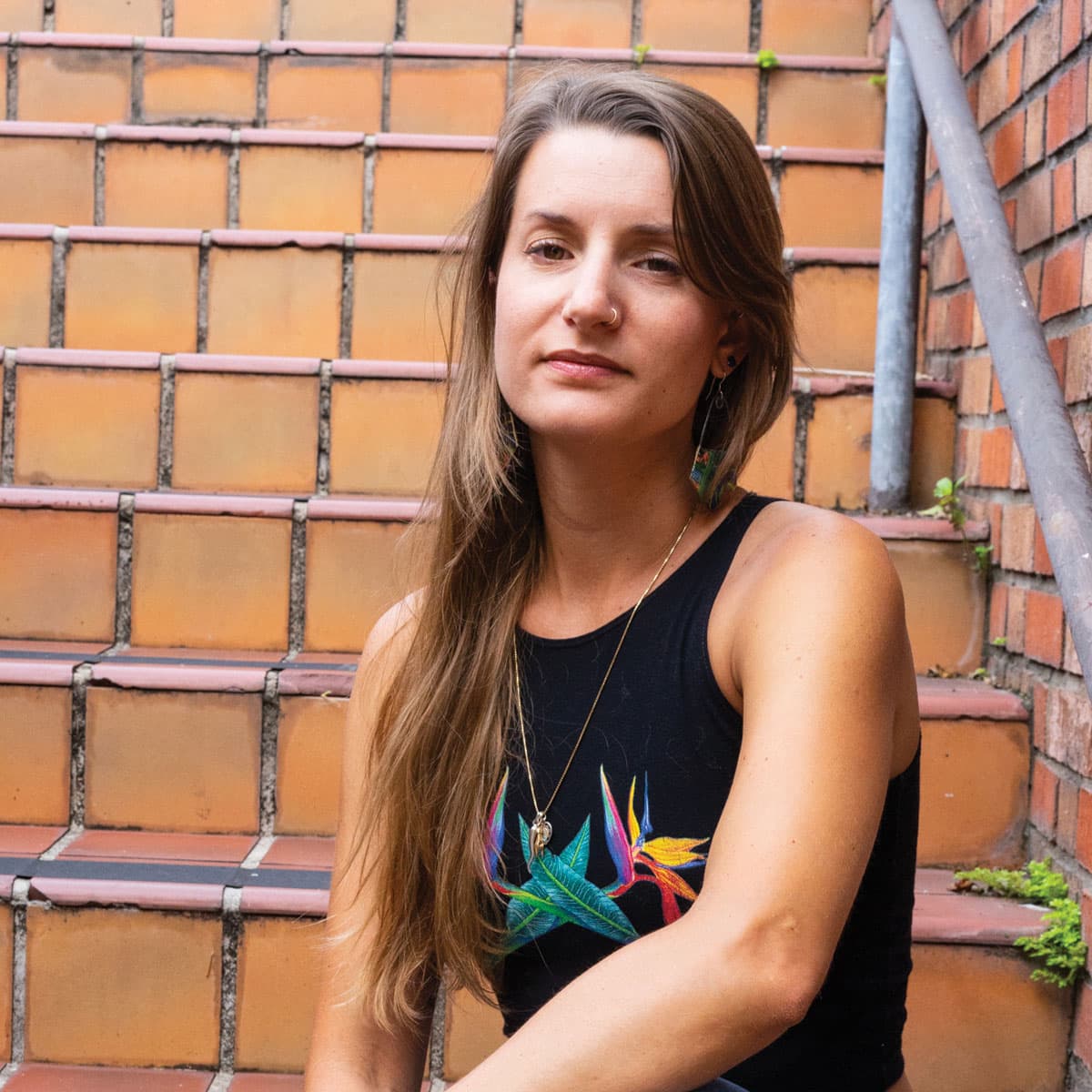
tina orlandini
Puppeteer, Mask Performer

yaranÍ del valle piÑero
Puppeteer, Mask Performer

francisco iglesias
Puppeteer, Mask Performer
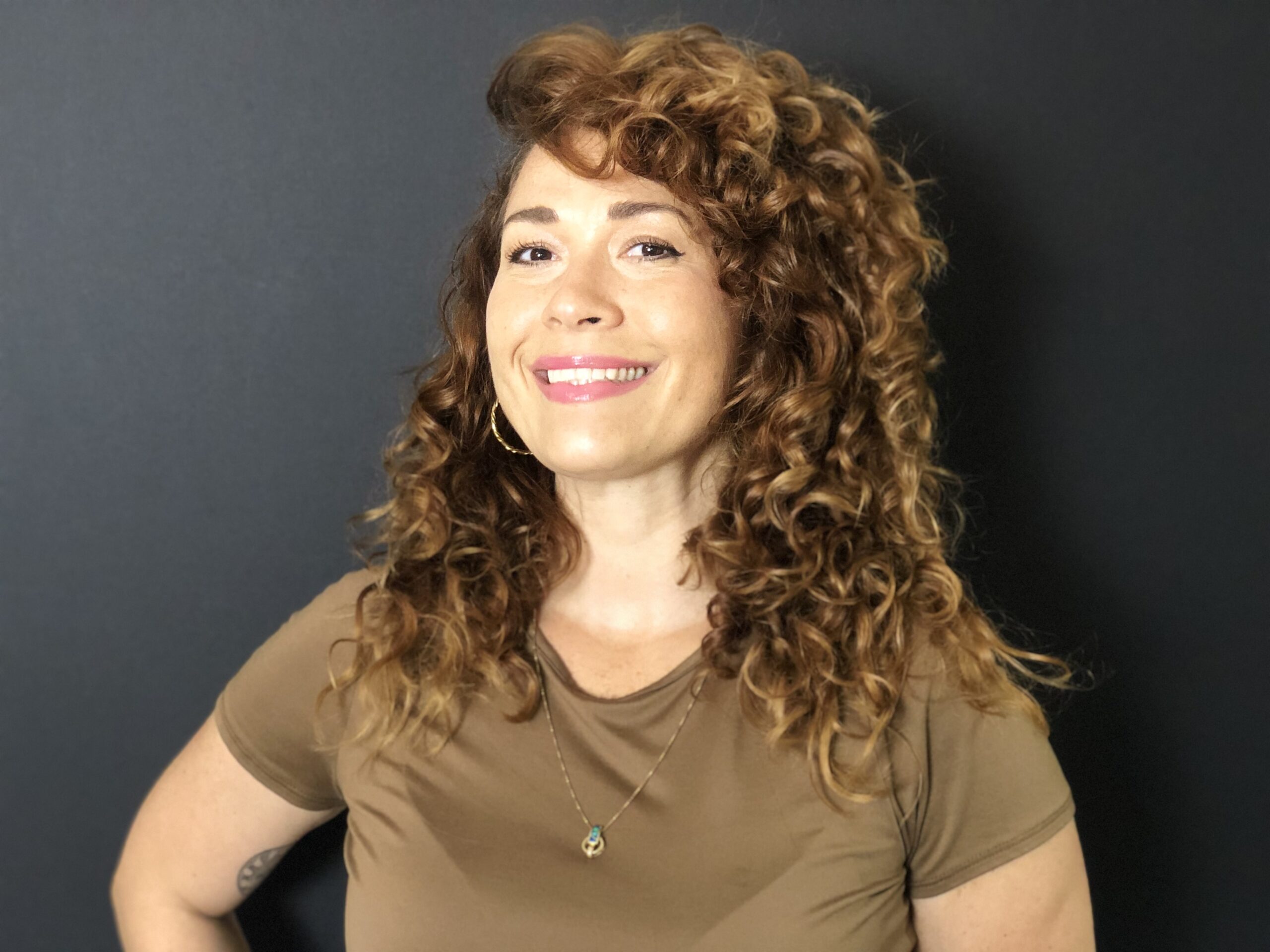
marian annette rodrÍguez morales
Puppeteer, Mask Performer

lizbeth romÁn
Music, Mask Performer
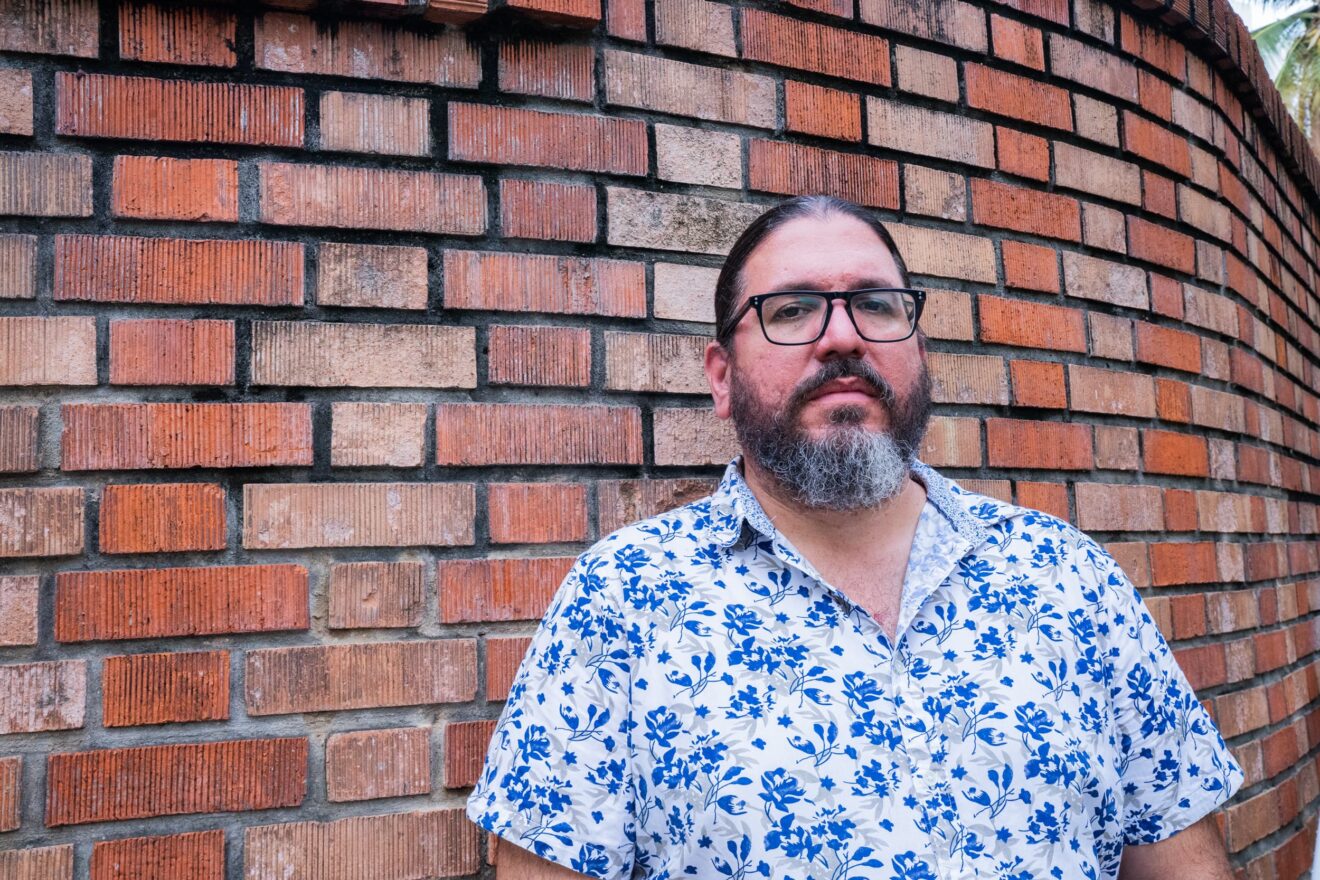
agustÍn muÑoz rÍos
Music, Mask Performer
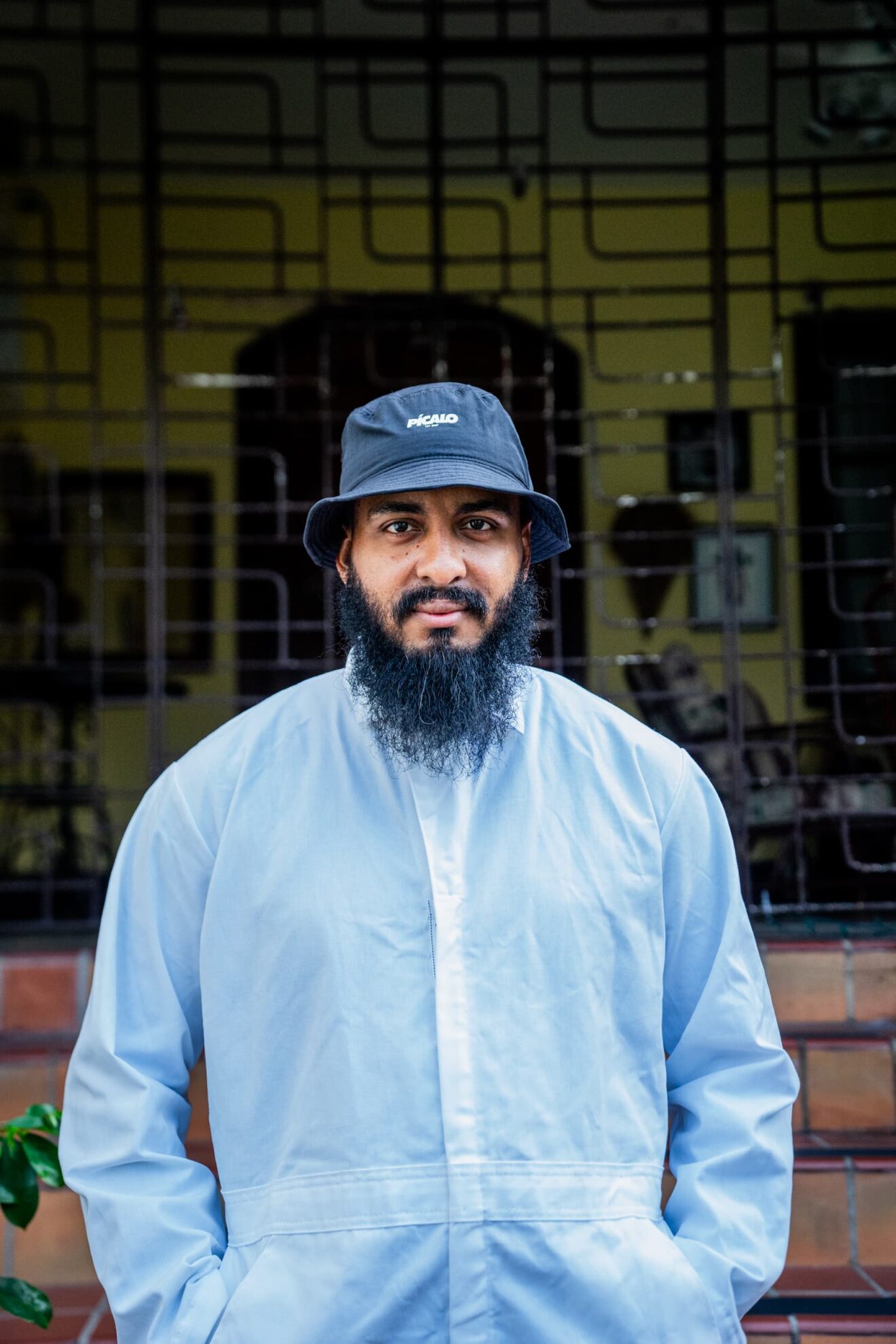
anÍbal ‘el s.’ vidal quintero
Music, Mask Performer
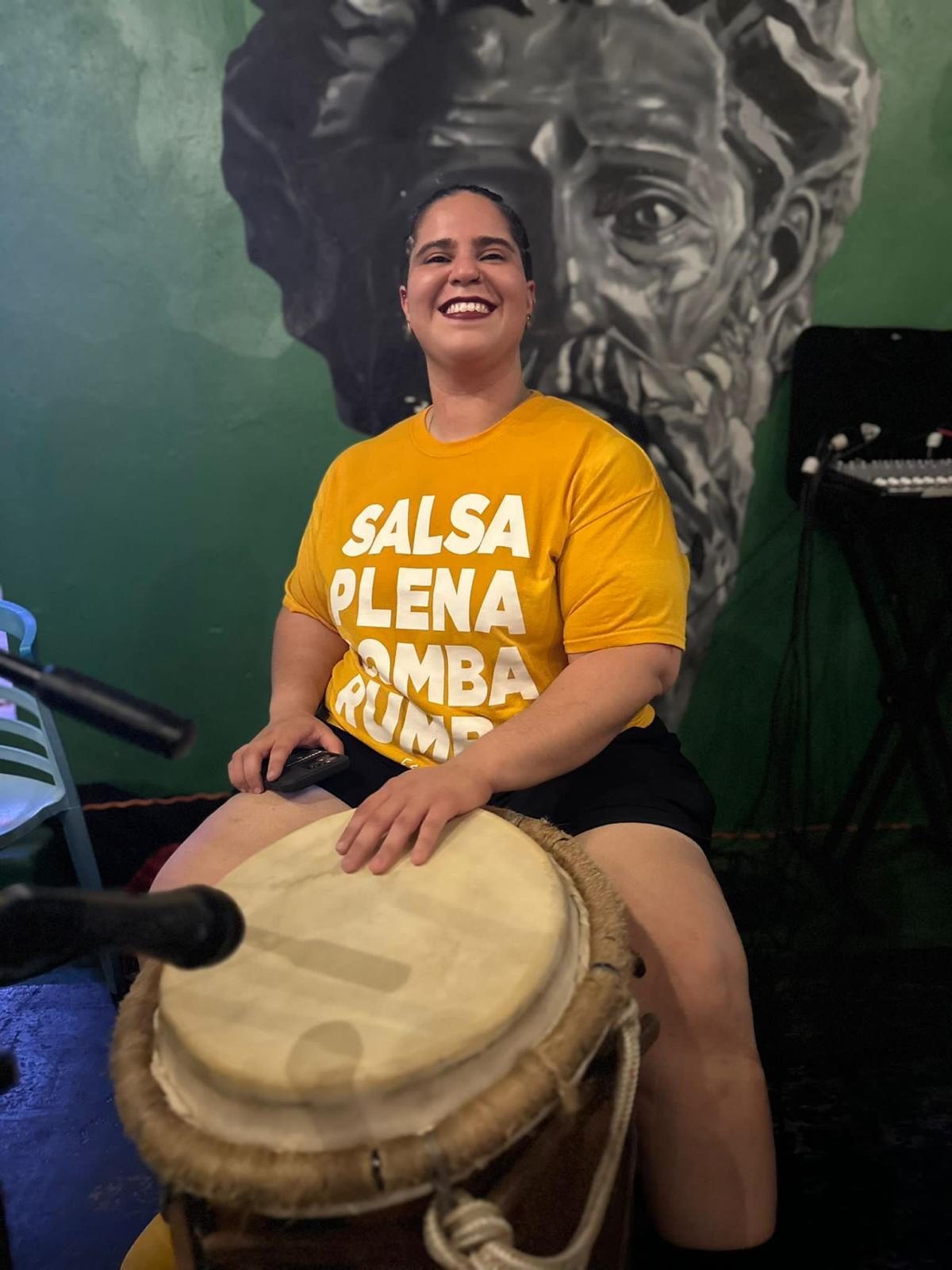
mariela mendoza solÍs
Music, Mask Performer

yamillex montaÑez
Puppeteer, Mask Performer, Production Team

cristina sesto
Production Team

joseph therrien
Puppeteer, Mask Performer

sam wilson
Mask Performer
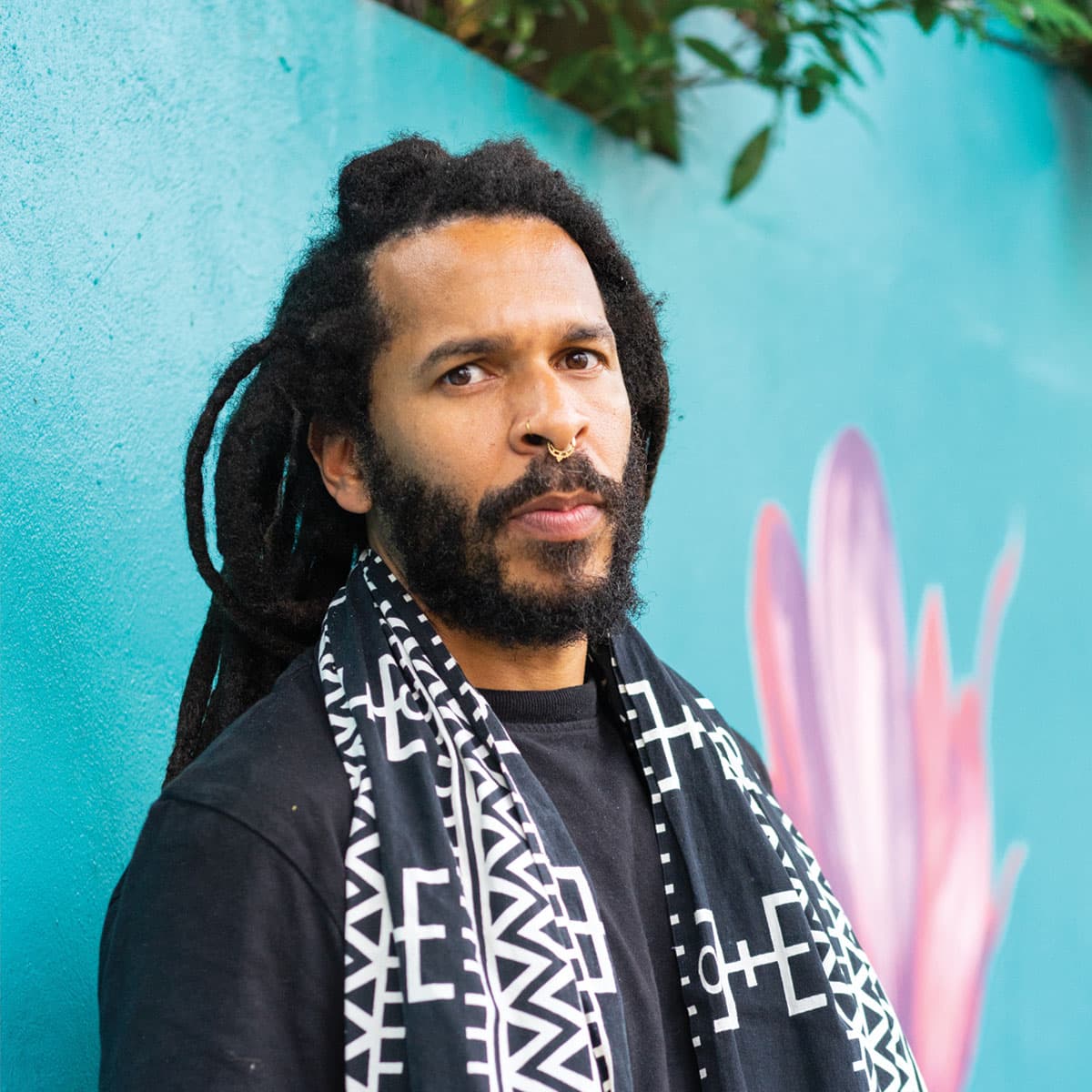
juan pablo ‘juanpi’ vizcaÍno
Puppeteer, Mask Performer
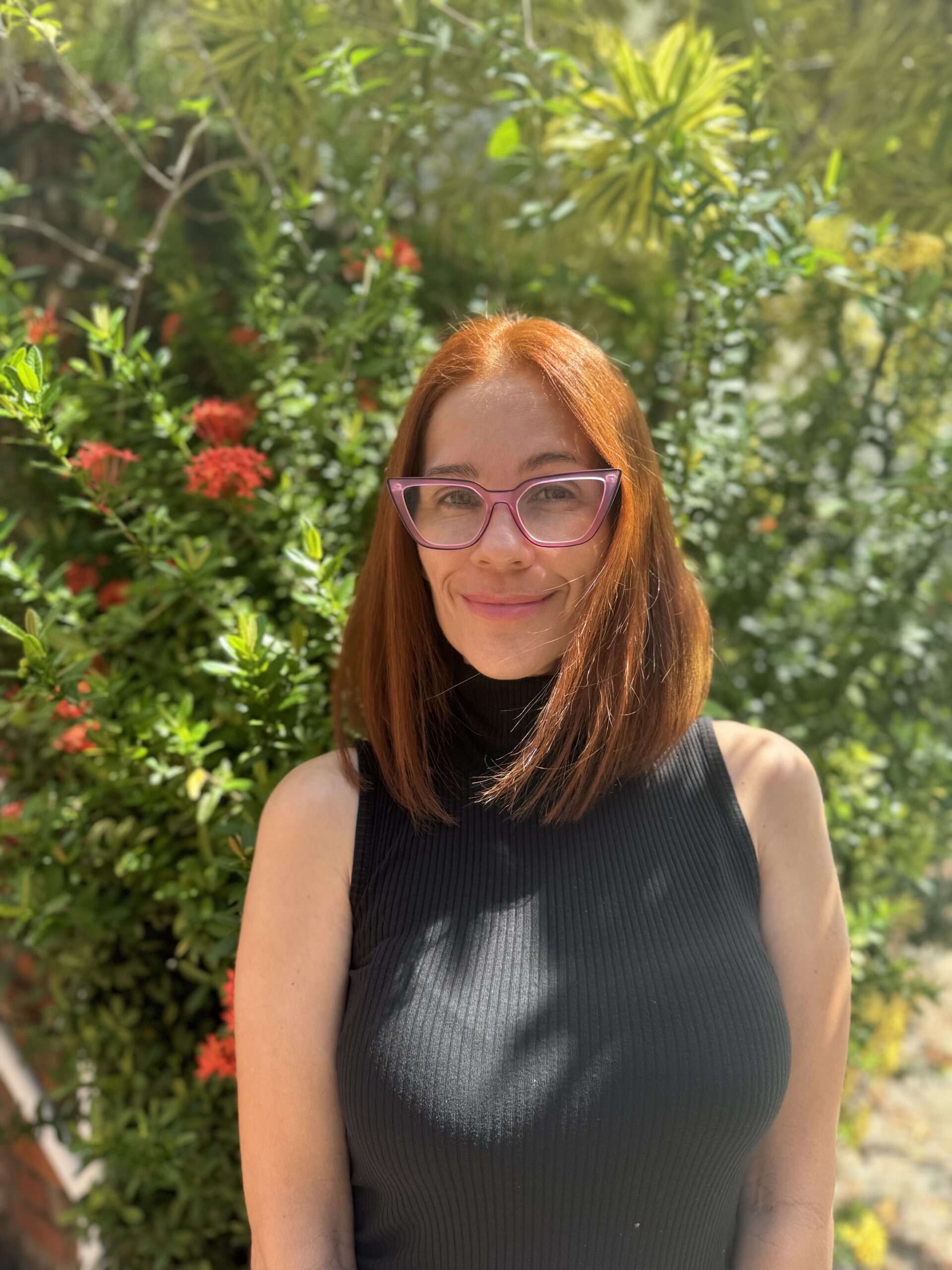
brenda plumey
Mask Performer, Assistant to the Director
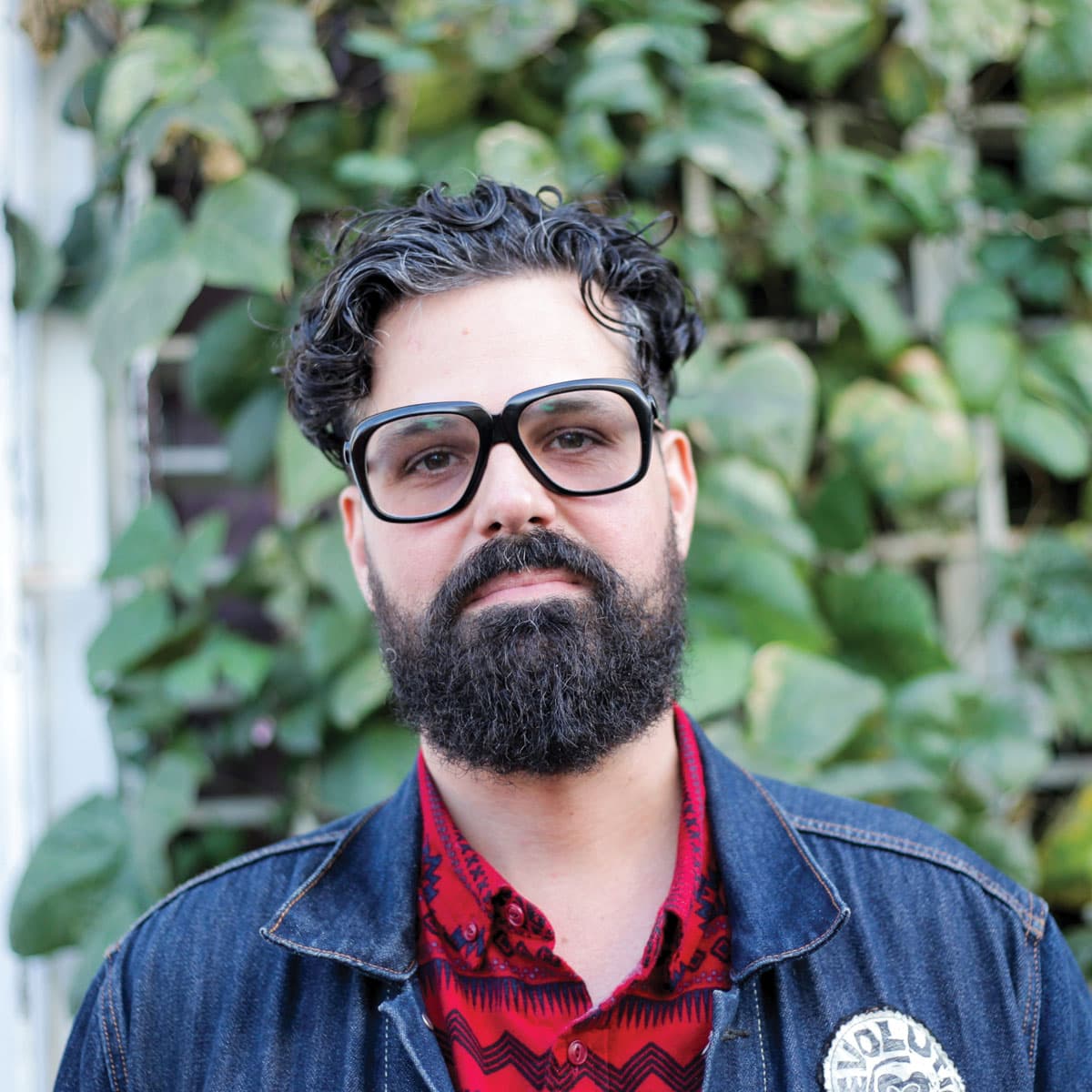
osvaldo budet
Video Editor

estefanÍa rivera cortÉs
Visual Artist
on the eve of abolition: scene-by-scene
Click arrow for scene description
Introduction
“The quest for abolition: How do we arrive at this place we call abolition? What are the roads to such a destination? We arrive from the almost lost lessons of history shaped by generations of ancestors who struggled their whole lives for that rare breath of freedom, and yearned with all their hearts that we, their prodigy, would one day breathe free air. For abolition stands for the long hard struggle against slavery, abolition meant the destruction of that system and the beginning of freedom. For a brief moment in time, freedom dawned over the land, but it was a mirage, a lie usurped by the greater lie of white supremacy, which plunged people into the darkness of terror and death, in fact, slavery by another name. Those unholy origins lead to the specter of mass incarceration. The greatest incarceration of juveniles in global history. The systems of white supremacy, of ruthless capitalism and labor exploitation, led to the monster now before us, what activists rightly call DBI, Death By Incarceration or lifeless sentences of life, forever. The presence and threat of prisons doesn’t create, it doesn’t treat, it doesn’t help, it feeds, it harms, it cripples, and yes it kills, it is the institutionalization of meanness, plain and simple. Prison abolitionist and noted scholar Dr. Ruth Wilson Gilmore stated: ‘Abolition requires we change one thing, which is everything.’ Now is the time. With Love, Not Fear. This is Mumia Abu-Jamal.”
Scene I: The Fleet: Tanco and the Caribbean Revolution
Led by Tanco, a delegation of the Liberation Fleet rises in a maritime rebellion against imperial forces, forging alliances, reclaiming freedom, and uniting the Caribbean in a journey toward abolition.
“There are still many stories to be told about the revolution of our peoples. Even more so, when the defeat of the empire which consumed the Caribbean, seemed impossible. Yet, it happened, “pasó”…
In the face of the imminent collapse of the Empire, those of us on the path of the struggle for liberation, united. We fulfilled the dreams of our ancestors. “Nuestra fuerza revolucionaria”. Our revolutionary fervor raised the seas in an upswell of victories.
It all began with a maritime blockade at the ports in response to the constant hikes of food prices and basic necessities. We continued the rebellion by intercepting their shipping routes and taking over their cargo ships and boats. We formed a small fleet, fueled by the necessity of our survival. Our successful efforts of solidarity throughout the Caribbean grew into a larger Liberation Fleet, “Nuestra Flota Libertaria.” Our Fleet enabled us to free the seas and defeat the monster choking us.
Navigating the Caribbean, Imani, abolitionist and organizer from Bulbancha, seeks support from Neva, revolutionary of La Brigada Vejigante and Tanco, Commander of La Flota Libertaria. Imani lays out her strategy to free the people incarcerated in Angola Prison. Neva and Tanco pledge their support and together they embrace their collective struggle for liberation.
Probamos la libertad
en los labios de una boca que no calla
que no calla (2X)
Nos miramos a los ojos
el reflejo reafirmó
el destino, que trazamos
florecieron los capullos
y se izaron las banderas
En victoria, cantando:
(Choir)
“¡Viva la libertad!, ¡Viva la libertad!,
¡Viva la libertad!, ¡Viva la libertad!”
Now, we forged the Caribbean Alliance. In Matanzas, Cuba, we sealed our pact of solidarity for a new Caribbean. Under a majestic flock of birds, we set sail. “¡Zarpamos!”
A delegation of The Liberation Fleet, now heads from the Caribbean to Bulbancha, to join forces with the Liberated Peoples Front of Southern North America.
(Choir)
“Viva la Alianza Antillana, Viva la Libertad”
Scene II: Uprising
In the year 2047, an uprising unfolds inside a water bottling facility beneath the WGS Supermax Correctional Facility. Imani, a seasoned resistance leader captured in the abolition of Angola Prison in Bulbancha, and her comrade Red, a revolutionary, long imprisoned at the correctional facility together with inmates, Soledad and Ángel, lead a revolt against the prison system, only to face a crushing annihilation.
Scene III: Guard suit-up / Wind Green Springs News Radio
As a guard suits up for his shift, a broadcast of Wind Green Springs News Radio covers the recovery from the recent “prison riots” and the corporation’s efforts to secure the water supply essential for the United Space Colonies.
Scene VI: The Lockdown
The guards enforce a prison lockdown. Meanwhile, an infomercial about Wind Green Springs paints a stark contrast between the idyllic image of the community and the harsh realities of the prison system.
Scene V: Bulbancha
In an abolitionist camp outside the prison walls, Mawa, an abolitionist organizer, announces the latest updates from the Caribbean Alliance and the Vejigante Brigade. Neva, an abolitionist organizer and storyteller from Borikén, and her comrades, the Vejigantes, journey to Bulbancha to meet with Salamanquesa, of the Unitarian Guerrilla, elder organizer of the collective efforts to liberate Angola Prison. There and after she traced for them the safe passage to the Free the Springs Abolition camp and the prison, they make plans to disrupt the water distribution to the wealthy space colonies and liberate the waters from Wind Green Springs.
Scene VI: Journey to Appalachia
Neva embarks on a trek through a post-cataclysmic landscape from Bulbancha to Appalachia towards the abolitionist camp. On her way, she meets with Atsila, Commander of The Liberated People’s Front as the abolitionists prepare for the next phase of their fight.
Scene VII: Neva Arrives at Free the Springs Abolition Camp
After arriving at her tent, Atsila hands Neva a letter from comrade Red with news from inside.
Scene VIII: Red’s Letter to Neva and The Prison Blueprint
Red writes to Neva from prison, expressing his sorrow about Imani and others who died in the January uprising. However, he remarks on the prison’s struggles with power and the mass exodus of guards which complicates the Warden’s control. Meanwhile, at the abolitionist camp, Ramón, the logistics commander and Mawa present the prison’s blueprints to Commander Atsila and discuss strategies to take down the WGS Supermax Correctional Facility.
Scene IX: Red’s Letter to Neva and The Prison Blueprint
The Warden discovers the abolitionist camp being set up outside the prison walls, causing panic as the guards report difficulties in restoring power to their defense systems.
Scene X: State of WGS Supermax Correctional
During a live broadcast, the Warden announces an “unprecedented attack” by abolitionists and reveals that inmate Red is scheduled for execution.
Scene XI: The Powells
In a sitcom-style sequence, Susan Powell, Vice President of Operations for Wind Green Springs, expresses her frustration about their dwindling town and the exodus of its residents to her husband Joe Powell, a Lieutenant who works at WGS Correctional.
Scene XII: The Abolitionists
As night falls at the Free the Springs abolitionist camp, Mawa and Ramón mobilize the group, emphasizing the urgency of their preparations. Guadalupe, a member of Las Adelitas Liberated Peoples Front speaks about her role as a Water Protector, recounting the struggles of her people during the Great Aridification and rallying the abolitionists to unite in their fight against the prison’s exploitation of water resources.
Scene XIII: Neva at Free the Springs Abolition Camp
Neva shares powerful stories of survival, resistance, and solidarity with her fellow abolitionists, calling for unity and action to dismantle oppressive structures, while honoring those who sacrificed for liberation.
Scene XIV: Glitches in the Virtual Imaging System
The Warden, increasingly agitated by the security monitor’s glitchy footage and a haunting call, orders her guards to stabilize the situation and heads to the Water Plant.
“Sometimes in the shadowed night I become spirit.
The walls, the bars, the gratings dissolve into light
and I unloosen my soul
and fly through the inner darkness of my being.
I become transparent,
a bright shadow,
a bird of dreams singing from the tree of life.”
–Leonard Peltier
Scene XV: The Prison Water Bottling Facility
The Warden visits the water bottling facility plant, where prisoners labor under harsh conditions. As tension escalates, a child suffers an injury and the prisoners unite to strike.
Scene XVI: The Vejigantes Have Arrived
A guard informs the Warden of the arrival of abolitionists who have breached the virtual imaging systems heading towards the town.
Scene XVII: The Vejigante Hack Attack
The Vejigantes gather to set up the scramblers and hack the Virtual Imaging Systems.
Scene XVII: The Train Take Over
The Vejigantes ambush a train headed towards the WGS Supermax Correctional Facility and liberate the prisoners on board.
Scene XIX: July Eclipse Liberation
The Warden prepares for the end as the prisoners revolt, overpowering guards and initiating the July Eclipse Liberation, the last day of the last prison of The Remaining States of the US.
“La abolición no es un ave Fénix que resurge de las cenizas, es una mariposa, una brillante metamorfosis hacia una nueva realidad”.
¡Viva la Alianza Antilla!
¡Viva la libertad!
¡Viva la libertad!
¡Viva la libertad!
¡Viva la libertad!
¡VIVA LA LIBERTAD!
credits
written by papel machete
puppeteers and mask performers
Agustín Muñoz Ríos
Brenda Plumey
Charmaine Santiago
Deborah Hunt
Dey Hernández Vázquez
Fran de Paula
Francisco Iglesias
Joseph Therrien
Jorge ‘Cano Cangrejo’ Díaz Ortiz
José ‘Primo’ Hernández Díaz
Juan Pablo ‘Juanpi’ Vizcaíno
Mar Parrilla
Marcel Santiago
Marian Annette Rodríguez Morales
Sam Wilson
Sugeily Rodríguez Lebrón
Tina Orlandini
Yamillex Montañez Lugo
Yaraní Del Valle Piñero
music
Agustín Muñoz Ríos
Aníbal “eL S.” Vidal Quintero
Jorge ‘Cano Cangrejo’ Díaz Ortiz
Lizbeth ‘Liz’ Román
Mariela Mendoza Solís
Sugeily Rodríguez Lebrón
voice of prisoner 35744
Rob Thelusma
voice of prologue
Mumia Abu-Jamal
voice in prisoner scene
Krystal Clark
poem in security cam video
Leonard Peltier
message from red at the end
Pitt Panther
director
Jorge ‘Cano Cangrejo’ Díaz Ortiz
producers
Jorge ‘Cano Cangrejo’ Díaz Ortiz
Sugeily Rodríguez Lebrón
direction team
Deborah Hunt
Sugeily Rodríguez Lebrón
assistant to the director
Brenda Plumey
puppet and mask designer/director
Deborah Hunt
costume design
Deborah Hunt
Jorge ‘Cano Cangrejo’ Díaz Ortiz
Marian Annette Rodríguez Morales
Sugeily Rodríguez Lebrón
vejigante mask construction
Juan Pablo ‘Juanpi’ Vizcaíno
bomba workshop facilitator
Lío Villahermosa
stage manager
Arleen Stewart
production team
Cristina Sesto
Yamillex Montañez Lugo
lighting design
Leonardo Aguilú
Luis Felipe Rivera Santiago
lighting technician
Luis Felipe Rivera Santiago
video direction and stop motion animation
Deborah Hunt
Joseph Therrien
Jorge ‘Cano Cangrejo’ Díaz Ortiz
camera
Joseph Therrien
Jorge ‘Cano Cangrejo’ Díaz Ortiz
Juan Carlos Dávila
Lidy Paoli
Osvaldo Budet
jazz franklin
video editing
Aníbal ‘eL S.’ Vidal Quintero
Joseph Therrien
Jorge ‘Cano Cangrejo’ Díaz Ortiz
Osvaldo Budet
illustrators / visual artists
Dey Hernández Vázquez
Estefanía Rivera Cortés
Jose ‘Primo’ Hernández Díaz
Marian Annette Rodríguez Morales
Pitt Panther
Sugeily Rodríguez Lebrón
Tina Orlandini
set design and construction
Deborah Hunt
Dey Hernández Vázquez
Jorge ‘Cano Cangrejo’ Díaz Ortiz
José ‘Primo’ Hernández Díaz
Marian Annette Rodríguez Morales
Sugeily Rodríguez Lebrón
shadows and miniatures design and construction
Deborah Hunt
Dey Hernández Vázquez
Joseph Therrien
Kathya Torres
Sugeily Rodriguez Lebrón
Tina Orlandini
puppet, mask & pop up design and construction
Deborah Hunt
Dey Hernández Vázquez
Jorge ‘Cano Cangrejo’ Díaz Ortiz
Sugeily Rodríguez Lebrón
Tina Orlandini
builder collaborators
Anamarys Jiménez
Brenda Plumey
Carlos José ‘Gandúl’ Torres
José A. Díaz Aparicio
Kathya Torres
Mariselis Martínez
Maryann Colella
documentation
Anabel Vázquez Rodríguez
Cine Luz Negra
Osvaldo Budet
Pedro Iván Bonilla
Ricardo Alcaraz
Tina Orlandini
artsemerson production staff
Director of Production – Mic Murphy
Technical Director – Peter Lanza
Video & Lighting Production – Louis Kreienkamp
Audio Supervisor – Jason Choquette
Director of Artistic Sign Language – Takiyah Harris
ASL Interpreter 1 – Jody Steiner
Accessibility Consultant – Amber Pearcy
Primary Describer – Dave Heard
Secondary Describer – Ruth Kahn
special thanks
A Blade of Grass, Ágora Cultural Architects, Albert Woodfox, Alexis Ortiz, ArtsEmerson, Cara Mía Theater, Dan Fox and Wondersmith Audio, Danza Orgánica, Kathia Castillo, the Jobin-Leeds Family, Kevin Becerra, Natalia Calderón, Noel Hanrahan, MAP Fund, National Performance Network, Oscar Buruca, Pregones/Puerto Rican Traveling Theater, Tamia Rashima Jordan.
support for this presentation provided by
On the Eve of Abolition was made possible with funding by the following, including the New England Foundation for the Arts’ National Theater Project, with lead funding from the Mellon Foundation and additional funding from the Doris Duke Foundation.




